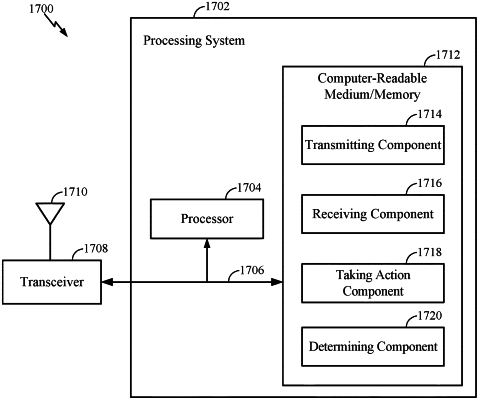| CPC H04W 72/23 (2023.01) [H04L 5/0094 (2013.01); H04W 52/365 (2013.01); H04W 72/0446 (2013.01); H04W 80/02 (2013.01)] | 30 Claims |

|
1. A method for wireless communication by a user equipment (UE), comprising:
receiving an uplink (UL) grant assigning resources for UL transmissions from the UE to a next generation Node B (gNB);
determining the assigned resources are insufficient to transmit UL data and a power headroom report (PHR) for a cell associated with the UL grant; and
based, at least in part, on the determination, taking one or more actions to transmit the UL data and convey an indication of the PHR to the gNB, wherein the indication indicates the assigned resources are insufficient for the UE to transmit both uplink data and the PHR.
|